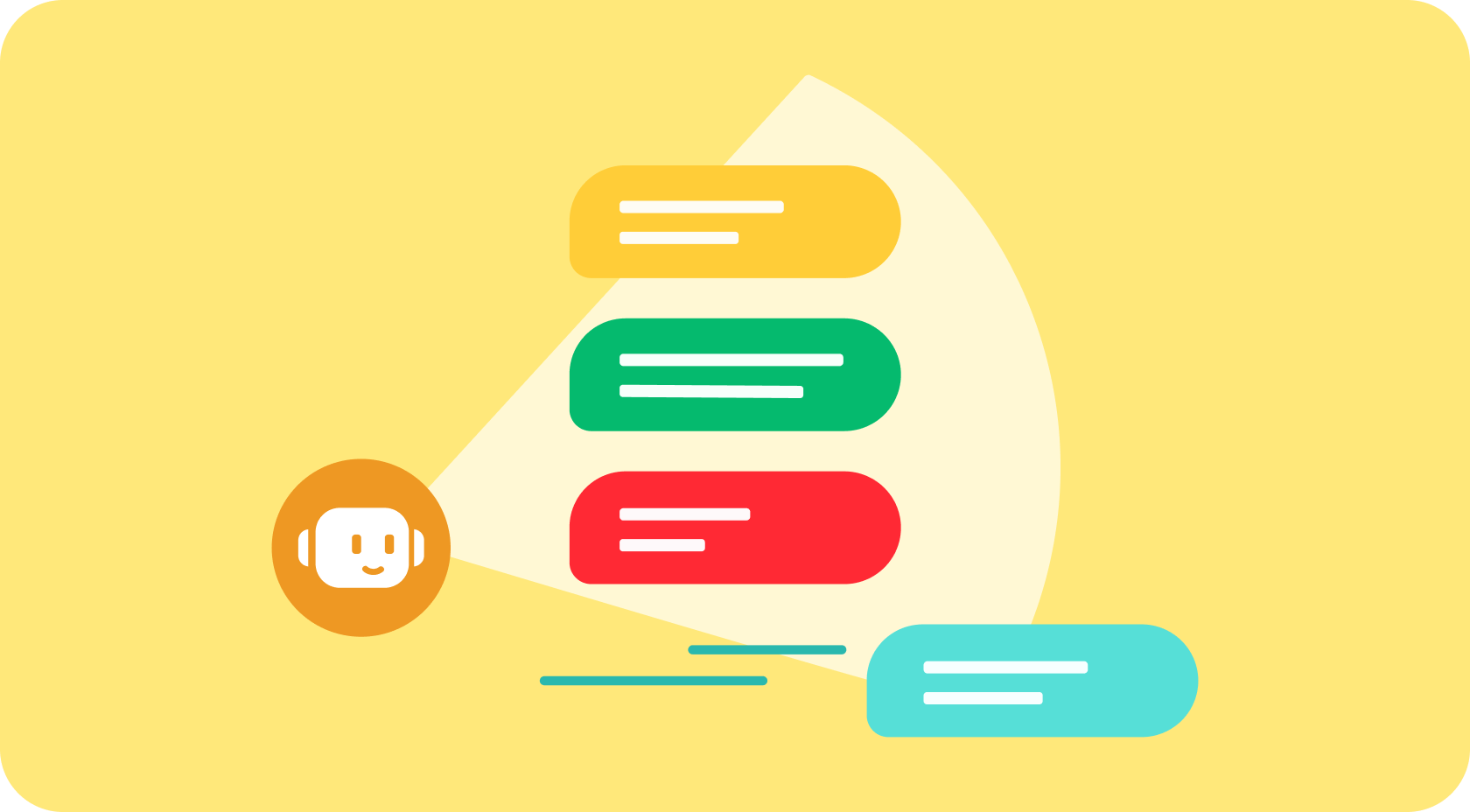Watermelon Guide
Step up your automation game with AI
Harness the power of AI and unlock your chatbots’ full potential.
Table of contents
Best practices for a successful AI chatbot
To ensure that your new AI chatbot will remain a valuable addition to your team for many years to come, we would like to share some tips and tricks for a successful AI chatbot with you.

Sometimes, less really is more
When adding new knowledge to your chatbot, it can be easy to get carried away and keep adding more and more data to your datasets. But this is a classic case where more is not always better. Having too many question variants in your dataset can greatly increase the chance of overlap with other datasets with their own questions. This can cause unnecessary confusion and Mismatches.
To overcome and even prevent this from happening, think of your chatbot as a tree. Sometimes, if you want a tree to grow better, you need to trim some of its branches so they don’t get in the way of each other. By selectively pruning unnecessary branches your tree can grow steadily and stay healthy.
In your chatbot this translates to keeping your datasets neat and clean. Instead of constantly adding any new question to your datasets, occasionally take the time to evaluate your datasets and remove unnecessary questions or variants. This way you can prevent overlap between datasets and will increase the success rate of your AI chatbot.
Be specific
Good datasets are key to the success of your AI chatbot and to make sure that your dataset is good, be specific with your questions and variants.
It’s no use to add short or vague questions to your dataset. When you’re adding questions, try to phrase the questions the same way your customers would. Make longer phrases with synonyms for key words to make sure your chatbot really understands the intention behind the questions.
By keeping your datasets specific and clear, you can prevent a lot of trimming work in the future and your AI chatbot will be much easier to maintain.
Ask for feedback, then ask for more
The last important part of maintaining a successful AI chatbot is to ask customers for feedback. Finding out what your customers think of your chatbot can be of great help when optimising your chatbot. By letting your chatbot ask for feedback whenever it answers a question, you can immediately see whether your chatbot was successful in recognising the customer's question and if it provided the right answer.
You can then use this feedback to know exactly where you need to improve your chatbot to provide your customers with the optimal service experience.